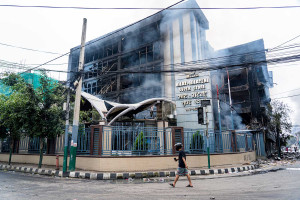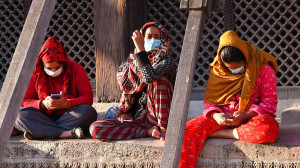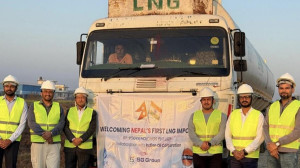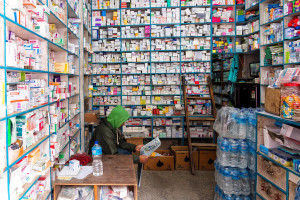Money
Start-up loan scheme draws over 3,000 bids in 10 days
Despite rising demand, the government has slashed both the loan ceiling and the programme’s budget.
Post Report
Within less than two weeks of opening applications for subsidised start-up loans, the Industrial Enterprise Development Institute (IEDI) has received 1,089 online submissions.
An additional 2,300 online applications are currently being processed. Nearly 100 applications have been submitted offline.
The notice, published last Wednesday, invites entrepreneurs to submit applications and project proposals within 21 days.
“Last fiscal year, we received 5,120 proposals. The number is rising annually, and we expect around 10,000 applications this year,” said Maniram Gautam, IEDI’s information officer.
Very few applicants now submit proposals in person, officials said.
The startup policy aims to retain youths in the country by helping them fund their business ideas, which, in the future, can scale up businesses and provide jobs to others.
According to government policy, businesses registered for over 10 years will no longer be classified as startups. A startup loses its status if its annual transactions surpass Rs150 million.
The industry ministry is empowered to implement policies, plans, and programmes to foster startup growth.
Over the past two fiscal years, 765 enterprises have received subsidised loans totalling Rs770 million, of which Rs28.2 million has been repaid so far.
But even as demand grows, the government has amended the Startup Enterprise Credit Operation Work Procedure 2025 by reducing both the per-entrepreneur loan ceiling—from Rs2.5 million to Rs2 million—and the programme’s budget.
IEDI had requested Rs1 billion for this fiscal year but received only Rs730 million.
“The budget is insufficient, given the growing number of enterprises applying. We do not know why the government reduced the allocation and lowered the loan ceiling,” Gautam said.
Last fiscal year, the institute received Rs1 billion and disbursed Rs880 million, returning the remainder to the government. In the year before, it disbursed Rs216 million out of an allocation of Rs250 million.
In the last fiscal year, 600 enterprises received loans out of the 661 recommended by IEDI. In 2023-24, 165 enterprises received subsidised loans out of 183 recommended.
The amended work procedure also lowers the required security deposit from 25 percent to 10 percent.
Questions have been raised in recent years about subsidised loans going to enterprises with limited innovation. Gautam defended the selections, saying that even small innovations—particularly in agriculture and livestock—make enterprises eligible under the scheme.
The loan programme has so far remained Kathmandu-centric, as applicants must come to the capital to make presentations. Officials say IEDI plans to expand the programme across all provinces.
Loans will be provided at 3 percent annual interest through Rastriya Banijya Bank.
IEDI and the bank have been monitoring enterprises that received loans in previous years.
Borrowers must use the funds as proposed, repay instalments on time, provide required data during inspections, and submit quarterly progress reports.
Banks may recommend action if an enterprise defaults, and accounts of non-compliant startups may be suspended. Banks can charge a service fee of up to 0.1 percent of the loan amount.
The subsidised loan scheme for young entrepreneurs was introduced in 2018 by the Oli administration to encourage self-employment. But the work procedure has undergone repeated revisions and remains a work in progress.
To qualify, a startup must have been registered before the notice was published and be less than seven years old.
Eligibility criteria include paid-up capital and annual income not exceeding Rs5 million, fixed capital (excluding land and home value) below Rs20 million, and a workforce of no more than 10 employees.
Eligible sectors include agriculture and livestock, forest-based businesses (including herbs), tourism promotion, entertainment and hospitality, information technology and communication, health services, and education.
Others are transportation, goods carrier services, infrastructure construction, automobile, traditional technology, production and services, mines, food production and processing, waste and environment management, alternative and renewable energy, climate change mitigation, and disaster management.
The startup ecosystem grew from 2016 to 2019. Still, it was hindered by a lack of policy, government neglect, and natural and economic disasters such as the 2015 earthquake, India’s trade embargo, and the Covid-19 pandemic.
Post-Covid, youth migration has increased, with both male and female youths leaving the country in large numbers, affecting startup vibrancy.




 7.12°C Kathmandu
7.12°C Kathmandu












%20(1).jpg&w=300&height=200)
